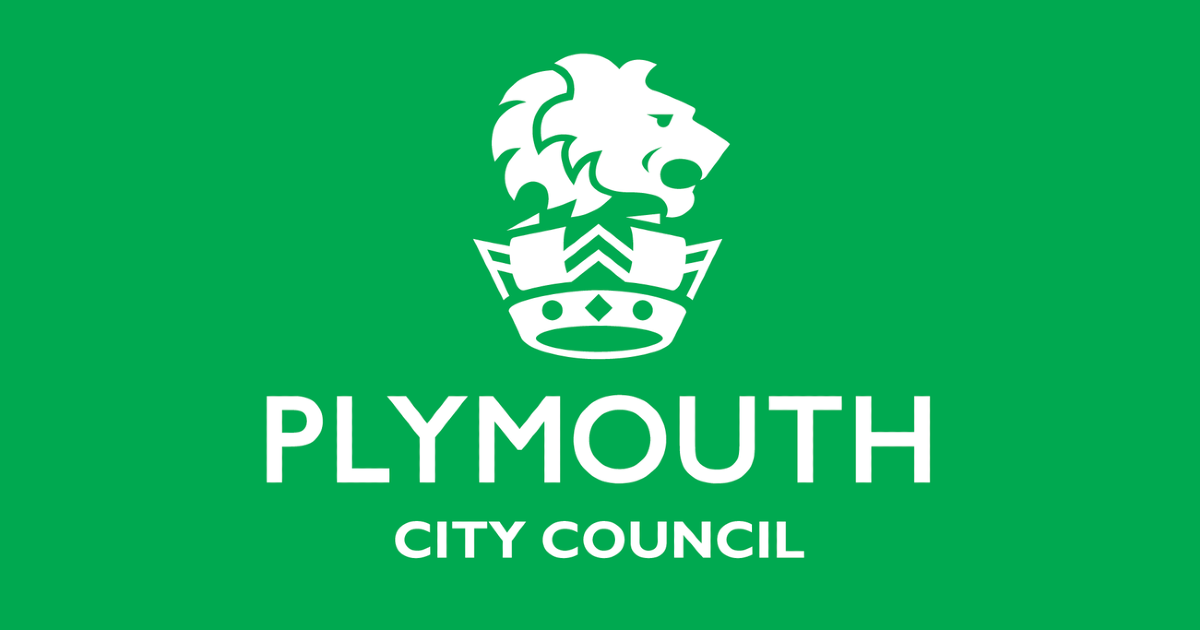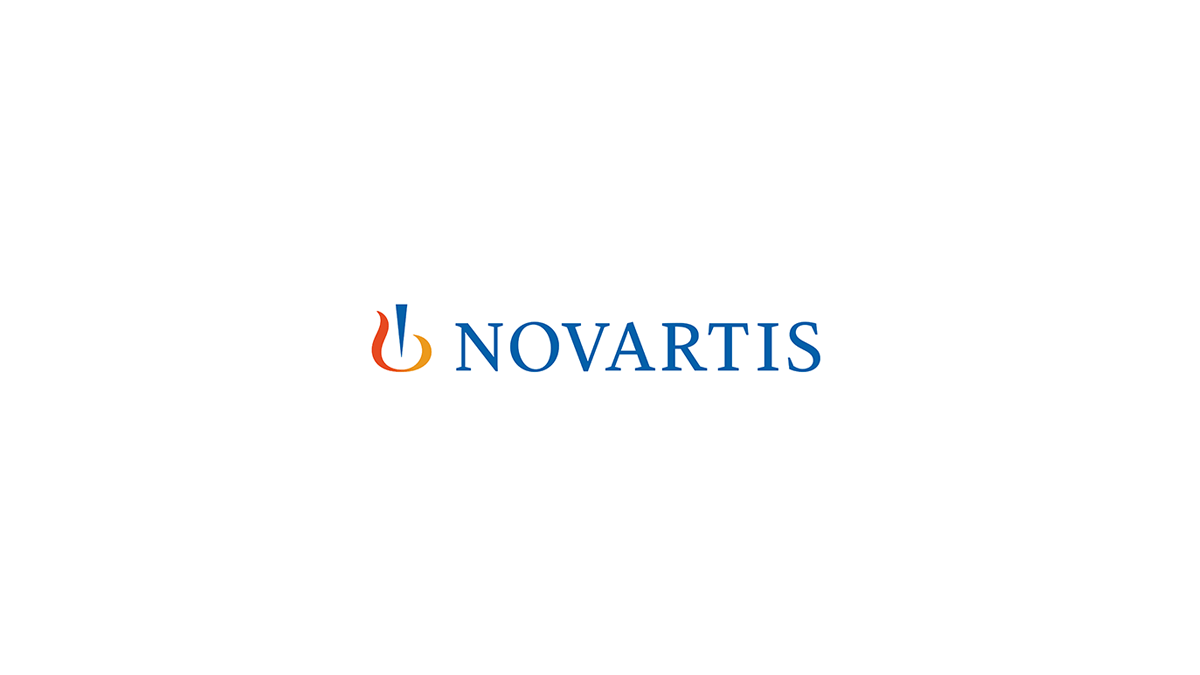- New 35,000-square-foot facility in Winter Park will expand RLT manufacturing footprint to optimize delivery for patients across southeastern US
- Purpose-built facility will strengthen Novartis RLT manufacturing network alongside existing Indiana, New Jersey, and recently completed California sites
- Novartis RLT portfolio advancing with new isotopes, ligands and combination therapies, bringing innovation to new cancer types
Basel, January 9, 2026 – Novartis, a leading global innovative medicines company, today announced plans to build its fourth US radioligand therapy (RLT) manufacturing facility in Winter Park, Florida. The built-for-purpose, state-of-the-art facility represents another milestone in the company’s $23 billion US investment announced in April 2025, further expanding manufacturing capabilities to meet growing demand for these cutting-edge cancer treatments. Novartis is scaling US manufacturing to bring innovative medicines closer to patients, so treatments are researched, made, and delivered with greater speed, reliability, and access in the communities where people live.
The new 35,000-square-foot facility in Winter Park, Florida, will come online by 2029 and will strengthen Novartis’ specialized supply chain and manufacturing capabilities across its network of RLT production facilities. The new facility will optimize the delivery of RLT medicines to patients in the southeast US and help maintain the company’s steady rate of >99% of doses administered on the planned day as the potential for this promising treatment modality continues to expand.
“Building this new facility in Florida marks an important step in fulfilling the promise of RLT for patients,” said Vas Narasimhan, CEO of Novartis. “Radioligand therapy has fundamentally changed how we approach certain cancers, and our growing US manufacturing network ensures we can continue to deliver these critical medicines with speed and reliability to patients who need them.”
RLT is a type of precision treatment that pairs a tumor-targeting molecule (ligand) with a therapeutic radioisotope, allowing radiation to be delivered directly to the tumor while minimizing harm to surrounding healthy tissue. Each RLT dose is individually prepared, and its delivery is highly time sensitive. Proximity to treatment facilities and transportation hubs is critical to ensure patients receive their therapy promptly and at the right location. RLT has the potential to transform oncology treatment and bring new options to people living with cancer.
As the sole company with two FDA-approved RLT treatments and an extensive RLT pipeline across several tumors and targets, Novartis has global expertise in this cutting-edge technology platform that is transforming cancer care. That knowledge has fueled advancements in manufacturing techniques to build capacity and consistently deliver with confidence for patients and healthcare providers.
RLT manufacturing requires specialized talent, a key factor in determining the location for each new facility. Florida has steadily invested in higher education for life sciences and technology, helping to build the next generation of leaders critical to driving forward advanced manufacturing for platforms like RLT. With a growing skilled workforce and a regulatory and policy environment that values pharmaceutical innovation, Florida is well positioned to become a leader in pharmaceutical manufacturing.
“Thanks to deliberate, focused, intensified investments and world class health innovation partnerships, we have led Florida to become a national and world-recognized leader for breakthroughs in cancer treatment, neurological innovations, and more,” said Florida Secretary of Commerce J. Alex Kelly. “Novartis’ investment in manufacturing cancer medicines here in Florida—where we’re already #2 nationally in both manufacturing for medicine and medical device technology—is an incredible opportunity to welcome world class innovators to our incredibly collaborative and impactful life sciences community.”
Over the next 5 years, Novartis will solidify its robust US RLT manufacturing network. The new Florida site is the fourth of five existing or planned facilities. The company is currently investing in expansions of its RLT facilities in Indiana and New Jersey. In November, Novartis announced completion of a new RLT facility in California, and it plans to build a fifth location in the US.
Novartis and radioligand therapy (RLT)
Novartis is reimagining cancer care with RLT for patients with advanced cancers. By harnessing the power of targeted radiation and applying it to advanced cancers, RLT is designed to deliver treatment directly to target cells anywhere in the body.
Novartis is actively investigating the application of RLTs across cancer types and settings, with one of the deepest and most advanced pipelines in the industry, with trials in prostate cancer, breast, colon, lung, brain, pancreatic and other cancers. Novartis has established global expertise, with specialized supply chain and manufacturing capabilities across its network of RLT production sites around the world.
Disclaimer
This press release contains forward-looking statements within the meaning of the United States Private Securities Litigation Reform Act of 1995. Forward-looking statements can generally be identified by words such as “potential,” “can,” “will,” “plan,” “may,” “could,” “would,” “expect,” “anticipate,” “look forward,” “believe,” “committed,” “investigational,” “pipeline,” “launch,” or similar terms, or by express or implied discussions regarding potential marketing approvals, new indications or labeling for the investigational or approved products described in this press release; or regarding potential future revenues from such products; or regarding discussions of strategy, plans, expectations or intentions, including discussions regarding our continued investment into new US manufacturing and R&D capabilities. You should not place undue reliance on these statements. Such forward-looking statements are based on our current beliefs and expectations regarding future events, and are subject to significant known and unknown risks and uncertainties. Should one or more of these risks or uncertainties materialize, or should underlying assumptions prove incorrect, actual results may vary materially from those set forth in the forward-looking statements. There can be no guarantee that the investigational or approved products described in this press release will be submitted or approved for sale or for any additional indications or labeling in any market, or at any particular time. Nor can there be any guarantee that such products will be commercially successful in the future. Neither can there be any guarantee that the expected benefits from the plans and investments described in this press release will be achieved in the expected timeframe, or at all. In particular, our expectations regarding such products could be affected by, among other things, the uncertainties inherent in research and development, including clinical trial results and additional analysis of existing clinical data; regulatory actions or delays or government regulation generally; global trends toward health care cost containment, including government, payor and general public pricing and reimbursement pressures and requirements for increased pricing transparency; our ability to obtain or maintain proprietary intellectual property protection; the particular prescribing preferences of physicians and patients; general political, economic and business conditions, including the effects of and efforts to mitigate pandemic diseases; safety, quality, data integrity or manufacturing issues; potential or actual data security and data privacy breaches, or disruptions of our information technology systems, and other risks and factors referred to in Novartis AG’s current Form 20-F on file with the US Securities and Exchange Commission. Novartis is providing the information in this press release as of this date and does not undertake any obligation to update any forward-looking statements contained in this press release as a result of new information, future events or otherwise.
About Novartis
Novartis is an innovative medicines company. Every day, we work to reimagine medicine to improve and extend people’s lives so that patients, healthcare professionals and societies are empowered in the face of serious disease. Our medicines reach nearly 300 million people worldwide.
Reimagine medicine with us: Visit us at https://www.novartis.com and connect with us on LinkedIn, Facebook, X/Twitter and Instagram.
# # #

